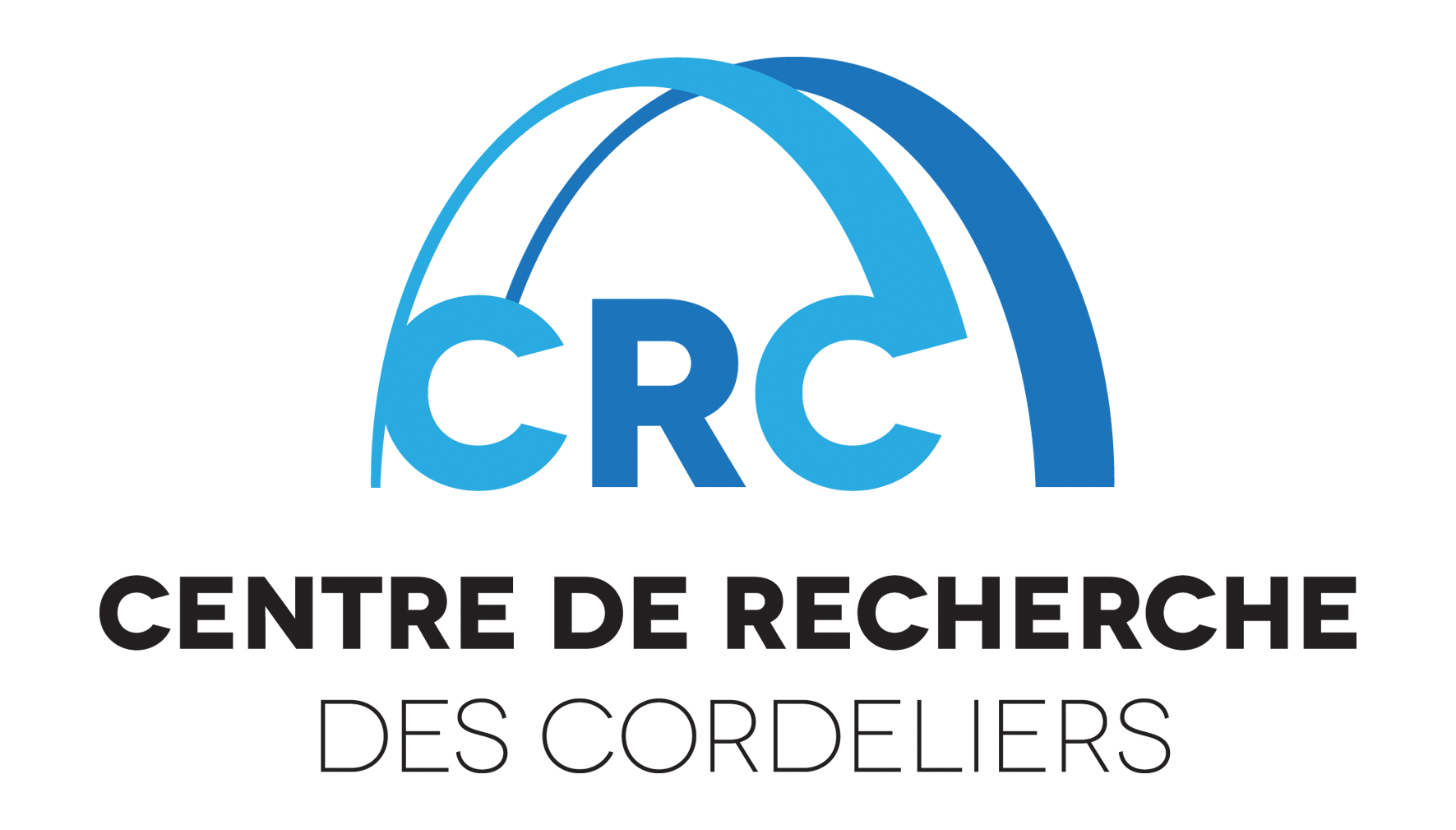Non Alcoholic Fatty liver diseases and type 2 diabetes
Type 2 diabetes (T2D) and Nonalcoholic fatty liver disease (NAFLD) are increasing worldwide owing to the obesity pandemic. Obesity and insulin resistance are key pathogenic factors associated with the presence of T2D. As a consequence, NAFLD is very common among T2D individuals. It is estimated that up to 90% of T2D patients develop NAFLD. In T2D patients developing NAFLD, the prevalence of NASH (Non-alcoholic steatohepatitis) can reach 80% with a prevalence of moderate to severe fibrosis estimated to 22-60%. The relationship between NAFLD and T2D is strong and complex and it is extremely difficult to distinguish whether NAFLD is a cause or a consequence of T2D. Our objectives are to understand the mechanisms by which T2D promotes NAFLD and vice versa. We are particularly interested in : (i) the roles of sphingolipids and ER stress on hepatic insulin resistance and progression to NASH, (ii) the relationship between NAFLD, DT2 and bone metabolism through the RANK receptor, (iii) the metabolism of hepatic stellate cells responsible for fibrogenesis. These studies are carried out on rodent or human primary cell cultures, on genetically modified animals but also through translational studies in humans thanks to the clinicians of the team.
Metabolic co-morbidities
Our aim is to improve the understanding of the pathophysiological roles and signaling pathways whereby the mineralocorticoid receptor (MR) promotes pathologies in various organs. Our work combines cellular and molecular approaches, animal physiology, pharmacological studies and includes translational research aimed to identify and validate biomarkers of Mineralocorticoid Receptor activation in various diseases and novel therapeutic use of MR antagonists.
The current project is focused on comorbidities as consequences or origin of metabolic diseases, considering mineralocorticoid receptor antagonism (MRA) as a potential therapeutic strategy in this context. We propose that the activation of the MR is a common underlying mechanism and a therapeutic target in several comorbidities and diseases (cardiovascular, renal, metabolic, eye and skin diseases). We identified the Neutrophil Gelatinase associated Lipocalin as a downstream target of the MR that is mandatory in the deleterious effects of MR activation. Moreover several partnerships have been established with major pharmaceutical companies to characterize novel non-steroidal MRAs and their benefits in various comorbidities.

